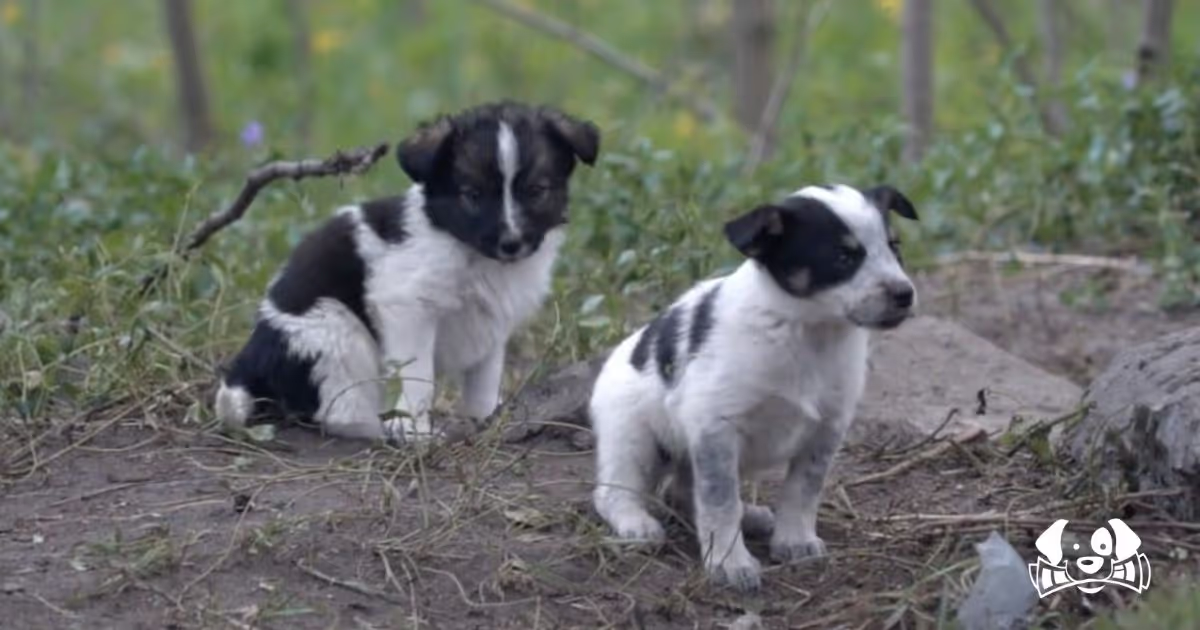Chernobyl’s Radioactive Dogs: A Genetic Mystery Unlinked to the Nuclear Accident
After the devastating nuclear disaster at the Chernobyl power plant on April 26, 1986, the surrounding areas remain dangerous for human habitation. Yet, the exclusion zone has become a surprising haven for wildlife, including a thriving population of what are now famously called the “radioactive dogs of Chernobyl.” These resilient canines, descendants of abandoned pets from the time of the accident, have defied expectations and become the subject of groundbreaking genetic research.

The Truth Behind Their Genetics
Despite their proximity to the radioactive epicenter, a recent study reveals that the genetic differences observed in these dogs are not the result of radiation-induced mutations. Over 1,000 dogs roam the exclusion zone, with 302 of them closely studied by researchers from the University of South Carolina and the National Human Genome Research Institute. These dogs belong to three distinct populations, living either near the nuclear plant or within a 10 to 15-kilometer radius of the “ground zero” site.
Using advanced genetic analysis, researchers have uncovered distinct genetic traits among the dogs. However, the study suggests that these traits were not caused by radiation. Instead, they could be the result of environmental pressures or pre-existing genetic factors that enhanced the dogs' survival.

Surprising Findings
Lead researcher Matthew Breen explains the methodology: “We started by looking for chromosomal anomalies, zooming in on smaller genomic regions, and finally analyzing nucleotide-level differences.” The results showed no clear evidence of radiation-driven mutations.
Instead, the study raises the possibility that the dogs may have undergone extreme natural selection in the aftermath of the disaster. Megan Dillon, a co-author, speculates, “It’s possible that the surviving dogs already had genetic traits that made them more resilient. Those traits could have been passed down through generations.”
Environmental Challenges Beyond Radiation
Radiation isn’t the only challenge these animals face. Researchers, including Norman Kleiman from Columbia University’s School of Public Health, highlight that the zone contains other harmful substances, such as heavy metals, lead dust, pesticides, and asbestos. These toxins, released during decades of cleanup, likely played a role in shaping the health and genetics of local wildlife.
Broader Implications for Humanity
Studying the dogs of Chernobyl isn’t just about understanding their survival. Researchers believe these findings could have significant implications for human health. “These dogs provide a window into the risks humans could face in similar environmental disasters,” says Kleiman.
As our societies become more technologically and industrially advanced, the likelihood of large-scale disasters increases. Understanding how species adapt—or fail to adapt—to such extreme environments is critical for future disaster preparedness and mitigation efforts.
The Road Ahead
The study continues as researchers work to determine whether other environmental factors, such as isolation or resource scarcity, contributed to the dogs' genetic distinctions. The findings could not only deepen our understanding of evolution under duress but also inform strategies to safeguard both wildlife and humans in hazardous environments.

.avif)
.avif)




























.avif)
.avif)
.avif)
.avif)
.avif)
.avif)
.avif)
.avif)
.avif)
.avif)
.avif)

.avif)
.avif)
.avif)
.avif)
.avif)
.avif)
.avif)
.avif)
.avif)
.avif)
.avif)
.avif)

.webp)
.webp)
.webp)
.webp)
.webp)
.webp)
.jpg)

